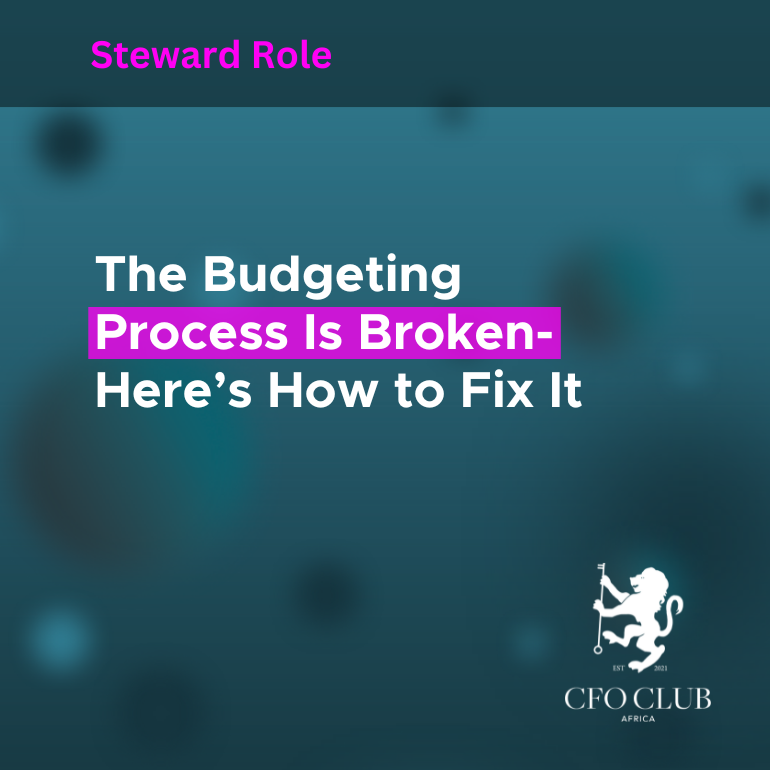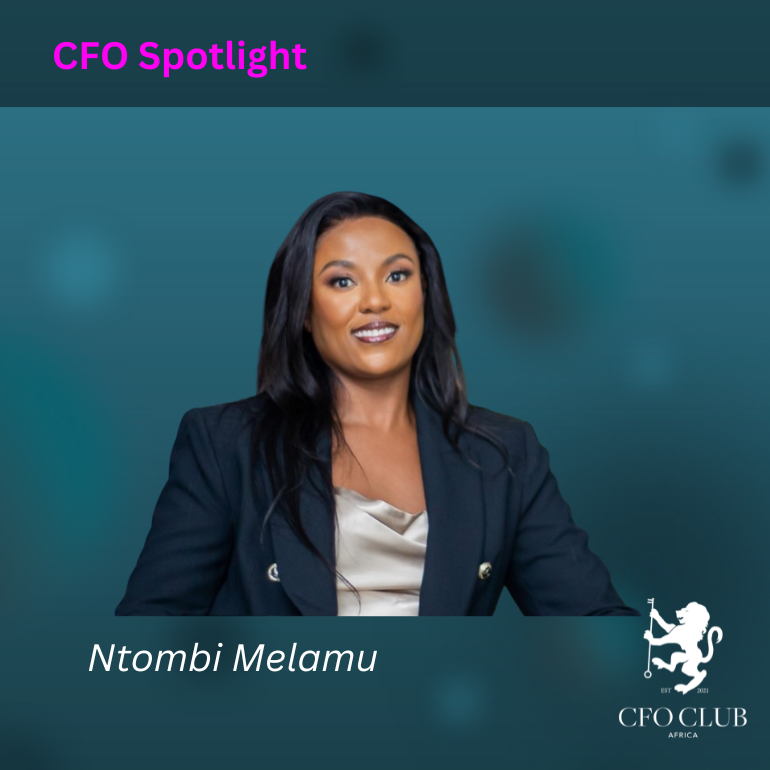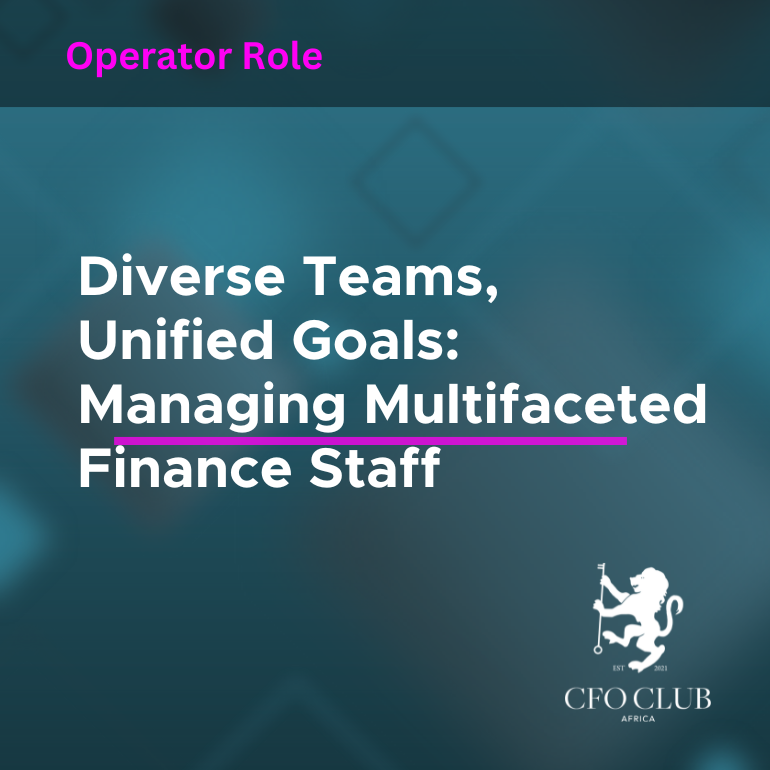The Budgeting Process Is Broken-Here’s How to Fix It
The Budgeting Process Is Broken-Here’s How to Fix It
If you are a CFO, you have likely outgrown the old budgeting drill. Once-a-year spreadsheets. Static assumptions. Hoping nothing changes too much. That approach belongs to a world that no longer exists. Markets shift. Costs rise. Customers change direction. Disruption hits before the board even signs off on the plan. In this environment, you cannot afford to work with outdated tools or habits.
Budgeting and profitability analysis are not side tasks or compliance checkboxes. They are the instruments that give you visibility, control and the ability to lead with clarity. The CFO who masters these tools does not just explain the past. They shape the future.
Budgeting That Actually Reflects Reality
A modern CFO does not use a budget to tick off requirements. They use it to direct action. Budgets must be dynamic, accessible and integrated with operational data. If your financial system cannot update forecasts in real time, you are already behind.
In practice, this means operational teams load their inputs directly into the system. Budget assumptions are tied to actual drivers like headcount, production hours or client volumes. Forecasts update as real numbers roll in. You get immediate alerts when something falls outside expectations. Everyone is working off the same numbers, and those numbers are current.
Instead of locking numbers down once a year and hoping for the best, you steer the business monthly, weekly or even daily. Your budget becomes a living tool, not a retrospective guess.
Profitability Analysis That Goes Beyond Gut Feel
It is not enough to know the business is profitable. You need to know where that profit is coming from, what is putting pressure on margins, and which parts of the operation are dragging you down.
This is where real profitability analysis becomes your strongest tool. You can look at product-level margins, assess which clients are draining capacity, and evaluate the cost of each sales channel. You stop rewarding volume for volume’s sake. Instead, you focus on contribution margins, cost-to-serve, and lifetime value.
Financial systems now allow you to drill into these insights without building models from scratch. The data is already there. You just need to use it.
With this kind of visibility, you stop relying on instinct. You start backing your decisions with facts. That is the difference between guessing and leading.
Systems That Actually Work Together
This level of insight and agility only works when your systems speak to one another. A disconnected mess of spreadsheets, PDFs and siloed apps will never give you the control you need.
The goal is simple. Link your accounting, CRM, HR and sales data into a single financial management platform. It does not have to be complex. It just has to be connected.
Modern tools like Xero, Sage, QuickBooks or NetSuite offer built-in integrations that make this possible. When your budget adjusts automatically as headcount changes, or when profitability dashboards update in real time based on sales data, you gain leverage. You spend less time collecting numbers and more time directing decisions.
The Real Work of a CFO
This is not about doing more financial admin. It is about making better financial decisions. A strong CFO does not just report results. They explain what the results mean and how to improve them. They do not only ask questions. They come prepared with answers.
This requires:
- Challenging assumptions rather than accepting them
- Turning data into strategic options, not just historical reviews
- Identifying inefficiencies that others miss
- Presenting trade-offs to the board instead of one-track plans
It is not enough to say, “We missed target.” You need to say, “Here is why. Here is what we fix next. Here is the impact.”
That level of clarity comes from disciplined budgeting and focused profitability analysis. It is not glamorous, but it is powerful.
Why This Matters for CIBA CCFOs
CIBA CCFOs are not sitting in ivory towers. You are in the thick of operations. You see the costs, the pressures and the gaps in real time. You are expected to deliver results with lean teams and limited room for error.
This is why budgeting and profitability analysis must work for you, not the other way around. They need to be fast, accurate and built into your daily decision-making.
Get this right, and you do more than survive budget season. You lead with credibility. You push strategy forward. And when the board asks tough questions, you answer with precision.
This is not finance theory. This is practical power. And right now, the smartest CFOs are using it to get ahead.





